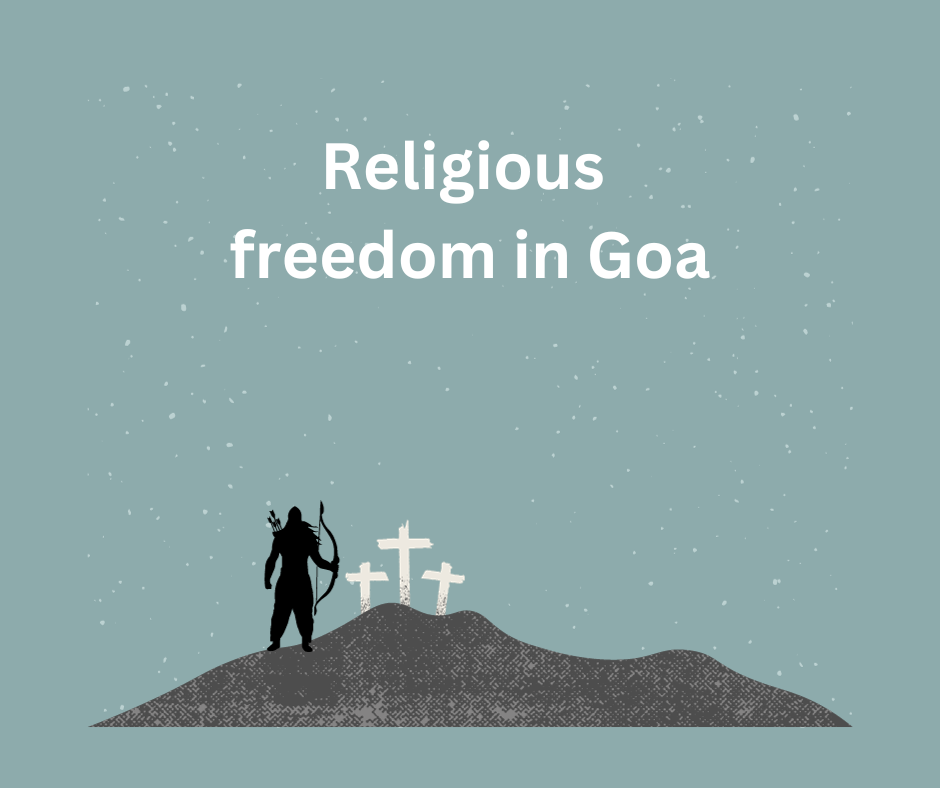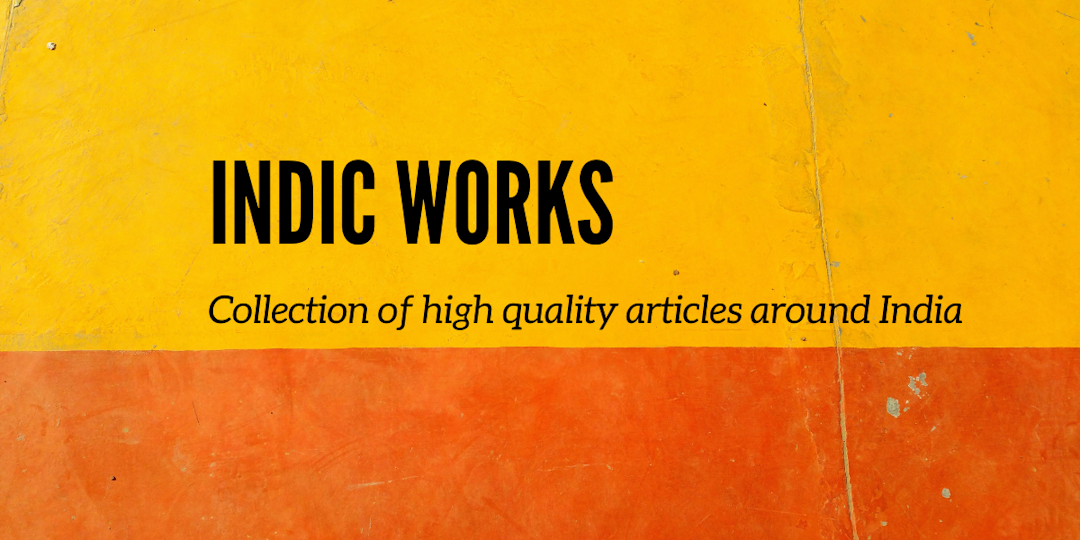When considering religion in Goa, Christianity often comes to mind, given the numerous large and conspicuous churches in the region. Additionally, Goa's history is marked by significant religious persecution of locals by the Catholic Church. Nevertheless, in contemporary times, Goa has evolved into a symbol of religious freedom for Hindus in India. Unlike the rest of the country, Hindu temples in Goa are not controlled by the government. In contrast, in various states, the government has taken control of wealthy temples like Sai Shirdi, Siddhivinayak, Tirupati Balaji, using them as lucrative assets for both their own benefit and that of government employees.
Diverse Hindu places of worship exist in Goa, with a focus on major temples, many of which are affiliated with the GSB (Gauda Saraswata Brahmin) community. The GSB community has a deep-rooted history in the state, arriving in waves long ago, though the exact timeline remains unclear. Over time, as families expanded, the deities they worshipped became integral to their shared ancestral homes, evolving into temples. Despite historical upheavals and Portuguese colonization, the meticulous maintenance of family lineages allowed descendants to retain ownership and management of these temples.
Goa also hosts two ancient schools of Hindu philosophy. The Kavalem Math of the GSB community, founded by Gaudapadacharya in 740 AD, stands as one of the world's oldest continuously operating religious institutions.
Despite its historical significance, the Kavalem Math is often underappreciated by Goans. Gaudapadacharya, the grand guru of Adi Shankaracharya, was a prominent scholar of Advaita Vedanta. His work, Mandukya Karika, a commentary on the Mandukya Upanishad, remains influential, with some speculating that Gaudapadacharya may have authored the Upanishad itself. This small Upanishad has had a profound impact, inspiring figures such as Schrodinger, Yeats, and others.
William Butler Yeats, the Irish poet, drew inspiration from the Upanishads, particularly commenting on the Mandukya Upanishad. Another notable institution is the Jivottam Matha of Partgali in Cancona, flourishing in this remote part of Goa for 700 years. While the Kavalem Peetham advocates for Advaita Vedanta, the Partgali Peetham supports Dvaita Vedanta, emphasizing dualist philosophy.
Turning to the relationship between Christianity and Goa, despite the portrayal by Bollywood, Goa is not predominantly a Christian state. Christians constitute only 25% of the population, while Hindus make up 66%. The Christian population in Goa is dwindling both in absolute numbers and as a percentage, as Christians migrate to other states and countries, and Hindus from elsewhere relocate to Goa.
Goan Christians are a widely recognized ethnic community in India, with a presence in unexpected places like Pakistan, Tanzania, Brazil, Nigeria, and other countries not typically associated with Indian expats. Unlike in the rest of India where Christian missionaries actively convert Hindus, Goa remains relatively immune to such trends, with no major conversion activities taking place. In fact, the Goan Christian community appears more preoccupied with internal struggles than external conversions.
Conclusion
Hindus enjoy more and equal rights in Goa than rest of the country. Despite the common misconception Goa is not really a dominantly Christian region today though Goan Christians remain a very enterprising and fairly religious community. Goa seems to have avoided religious conflicts, riots and chauvinism and rather focused on individual freedom and betterment of people. This has happened because Goan politicians themselves have not managed to use religion for their narrow gains.


